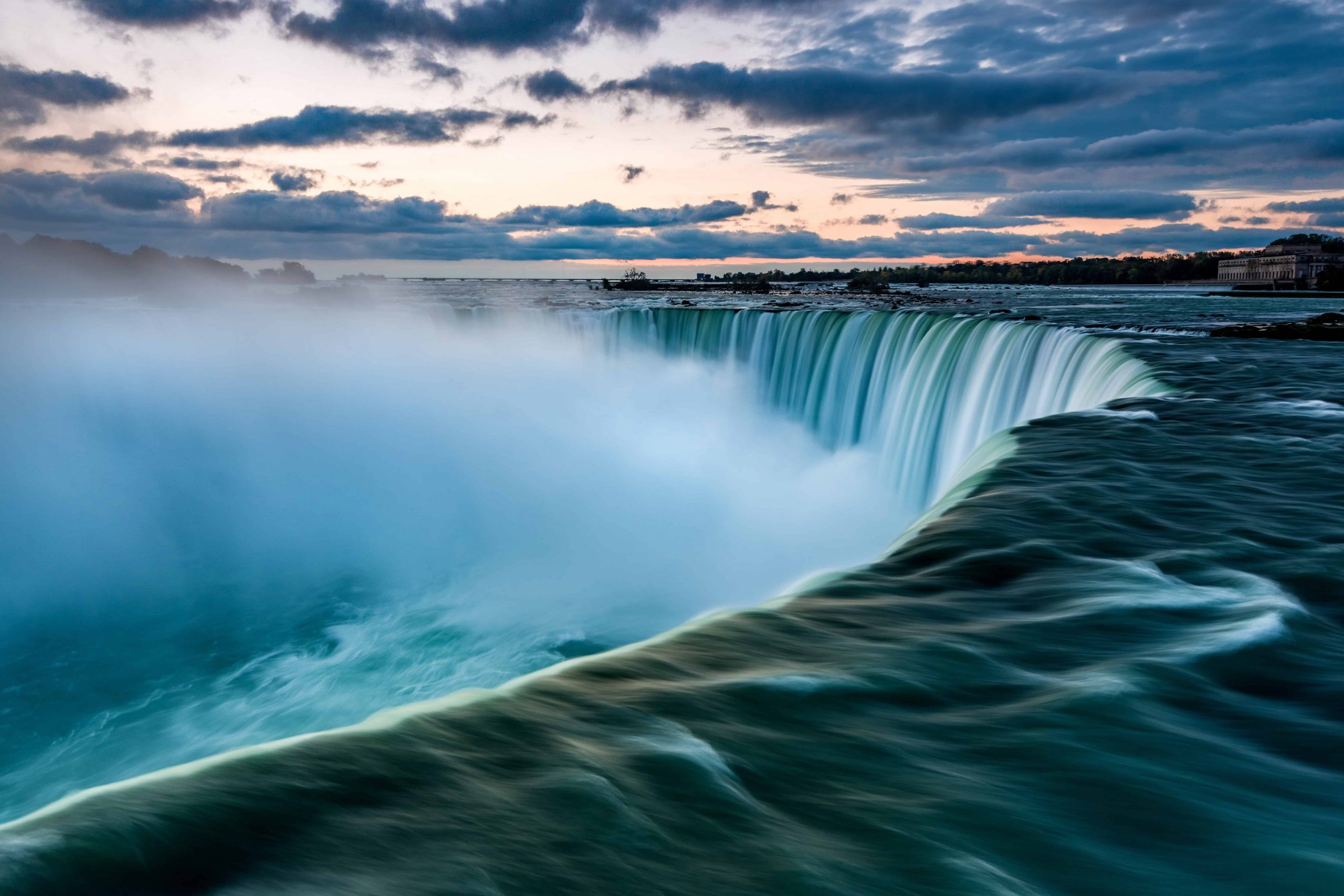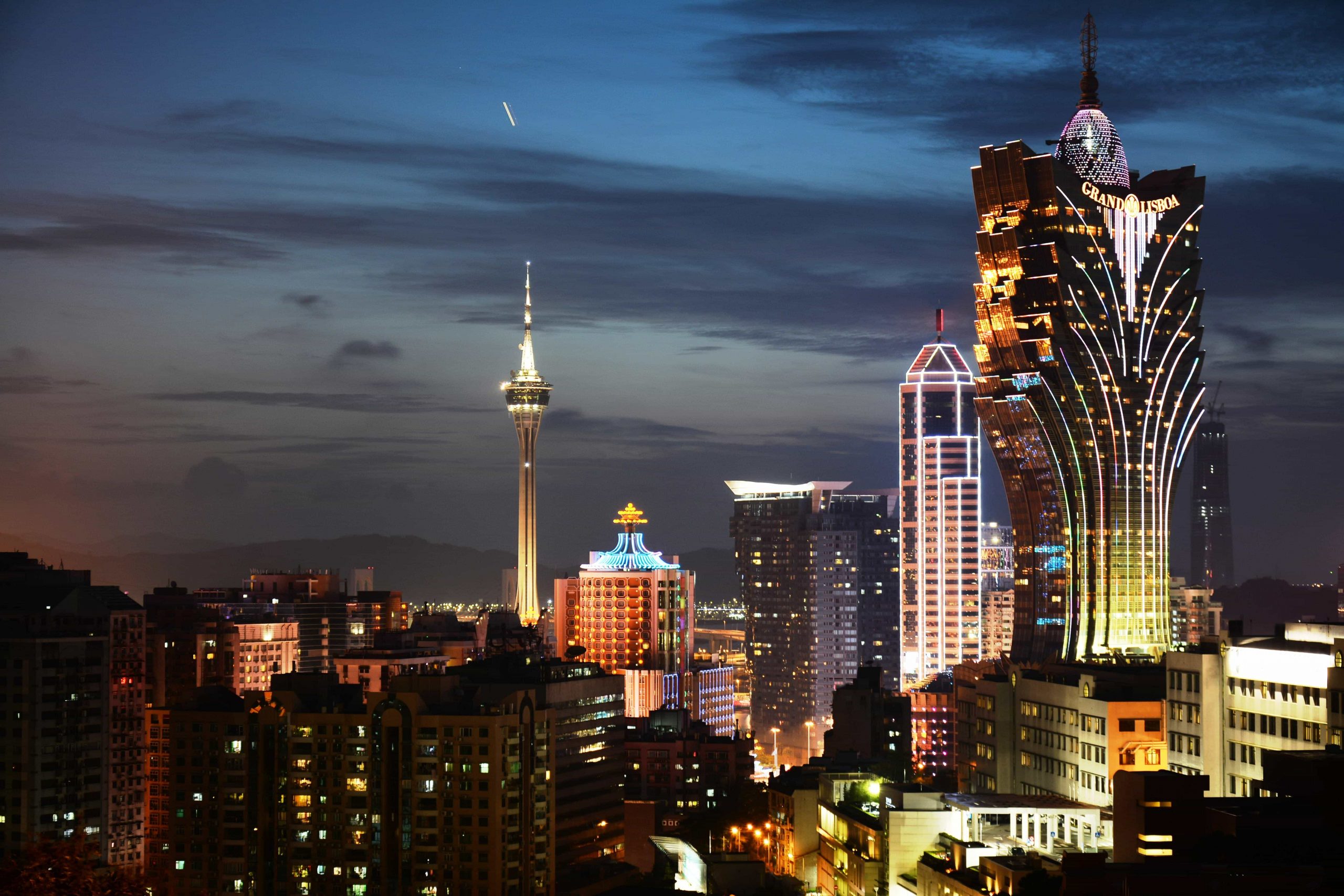Austria
About Austria
Austria is a German speaking country in Central Europe, characterized by mountain villages, baroque architecture, Imperial history, and rugged Alpine terrain. Vienna, its Danube River capital, is home to the Schönbrunn and Hofburg palaces. It has counted Mozart, Strauss, and Freud among its residents. The country’s other notable regions include the northern Bohemian Forest, Traunsee Lake, and eastern hillside vineyards. The western Tyrol region’s ski resorts include Ischgl and Kitzbühel. Innsbruck’s space-age Hungerburgbahn funicular contrasts with 16th-century Goldenes Dachl, with its copper-tiled roof, in the medieval Altstadt (old town). Along the German border, Salzburg’s Altstadt was the birthplace of Mozart and is home to the medieval Hohensalzburg Fortress. Its Neustadt’s neoclassical Mirabell Palace was a backdrop to the 1965 film The Sound of Music. Austrian delicacies include Wiener schnitzel and apple strudel pastries, and Austria’s elegant coffeehouses are a cornerstone of national culture.

Schönbrunn Palace
Schönbrunn Palace was the main summer residence of the Habsburg rulers, located in Hietzing, Vienna. The name Schönbrunn has its roots in an artesian well from which water was consumed by the court. The 1,441-room Rococo palace is one of the most important architectural, cultural, and historic monuments in the country. The history of the palace and its vast gardens spans over 300 years, reflecting the changing tastes, interests, and aspirations of successive Habsburg monarchs.

Hofburg
Hofburg is the official residence and workplace of the President of Austria and was formerly the principal imperial palace of the Habsburg dynasty. It was originally a medieval fortified castle dating from the 13th century, the Hofburg was extended by each emperor. The Hofburg has been expanded over the centuries to include various residences, the imperial chapel, the imperial library, the treasury, the Burgtheater, the Spanish Riding School, the imperial mews.

Belvedere
Belvedere is a historic building complex in Vienna, Austria, consisting of two Baroque palaces the Upper and Lower Belvedere, the Orangery, and the Palace Stables. The buildings are set in a Baroque park landscape in the third district of the city, on the south-eastern edge of its center. The grounds are set on a gentle gradient and include decorative tiered fountains and cascades, Baroque sculptures, and majestic wrought iron gates.

St. Stephen's Cathedral
St. Stephen's Cathedral is the mother church of the Roman Catholic Archdiocese of Vienna and the seat of the Archbishop of Vienna, Christoph Cardinal Schönborn, OP. The most important religious building in Vienna, St. Stephen's Cathedral has borne witness to many important events in Habsburg and Austrian history and has, with its multi-colored tile roof, become one of the city's most recognizable symbols.

Hohensalzburg Castle
Hohensalzburg Fortress sits atop the Festungsberg, a small hill in the Austrian city of Salzburg. Erected at the behest of the Prince-Archbishops of Salzburg with a length of 250 m and a width of 150 m, it is one of the largest medieval castles in Europe. The fortress consists of various wings and a courtyard. The Prince-Bishop's apartments are located in the so-called Hoher Stock. The bed chamber is the most intimate room of the princely chambers. The original furniture and precious textiles, such as tapestry, were in the course of time replaced by more modern ones.

Hellbrunn Palace
Hellbrunn Palace is an early Baroque villa of palatial size, near Morzg, a southern district of the city of Salzburg, Austria. It was built in 1613–19 by Markus Sittikus von Hohenems, Prince-Archbishop of Salzburg, and named after clear spring that supplied it. Hellbrunn was only meant for use as a day residence in summer, as the Archbishop usually returned to Salzburg in the evening; therefore, there is no bedroom in Hellbrunn.

Krimml Waterfalls
Krimml Waterfalls, with a total height of 380 meters, are the highest waterfall in Austria. The falls are on the Krimmler Ache river and are located near the village of Krimml in the High Tauern National Park in Salzburg state. The waterfall begins at the top of the Krimmler Ache valley and plunges downward in three stages.

Kunsthistorisches Museum
Kunsthistorisches Museum also often referred to as the Museum of Fine Arts is an art museum in Vienna. Housed in its festive palatial building on Ringstraße, it is crowned with an octagonal dome. The term Kunsthistorisches Museum applies to both the institution and the main building. It is the largest art museum in the country and one of the most important museums worldwide. The museum's primary collections are those of the Habsburgs, particularly from the portrait and armour collections of Ferdinand of Tirol, the collections of Emperor Rudolph II, and the collection of paintings of Archduke Leopold Wilhelm, of which his Italian paintings were first documented in the Theatrum Pictorium.

Albertina
Albertina is a museum in the Innere Stadt of Vienna, Austria. It houses one of the largest and most important print rooms in the world with approximately 65,000 drawings and approximately 1 million old master prints, as well as more modern graphic works, photographs, and architectural drawings.

Rathaus
Rathaus or Vienna City Hall is the seat of the local government of Vienna, located on Rathausplatz in the Innere Stadt district. Constructed from 1872 to 1883 in a Neo-Gothic style according to plans designed by Friedrich von Schmidt, it houses the office of the Mayor of Vienna as well as the chambers of the city council and Vienna Landtag diet.

Vienna
Vienna, Austria’s capital, lies in the country’s east on the Danube River. Its artistic and intellectual legacy was shaped by residents including Mozart, Beethoven, and Sigmund Freud. The city is also known for its Imperial palaces, including Schönbrunn, the Habsburgs’ summer residence. In the Museums Quartier district, historic and contemporary buildings display works by Egon Schiele, Gustav Klimt, and other artists.

Salzburg
Salzburg is an Austrian city on the border of Germany, with views of the Eastern Alps. The city is divided by the Salzach River, with medieval and baroque buildings of the pedestrian Altstadt (Old City) on its left bank, facing the 19th-century Neustadt (New City) on its right. The Altstadt birthplace of famed composer Mozart is preserved as a museum displaying his childhood instruments.

Hallstatt
Hallstatt is a village on Lake Hallstatt's western shore in Austria's mountainous Salzkammergut region. Its 16th-century Alpine houses and alleyways are home to cafes and shops. A funicular railway connects to Salzwelten, an ancient salt mine with a subterranean salt lake, and to Skywalk Hallstatt viewing platform. A trail leads to the Echelon Valley glacier garden with glacial potholes and Waldbachstrub Waterfall.

Best Time To Visit Austria
The best time to visit Austria in the summer season is from June to August and the ski season from December to March for Alpine areas. The Hahnenkamm ski races take place in Kitzbühel every year in January.

Contact Us
24, Ashok Vihar Colony, Picnic Spot Road, Lucknow - 226022, Uttar Pradesh, India.
+91-9453500174














































































































































































































































